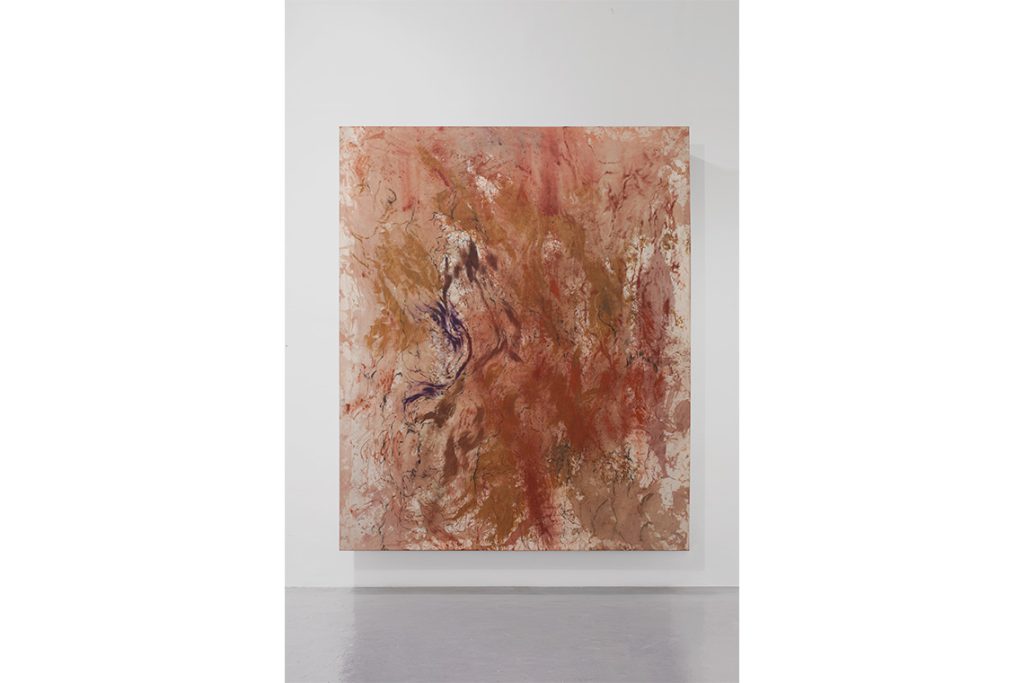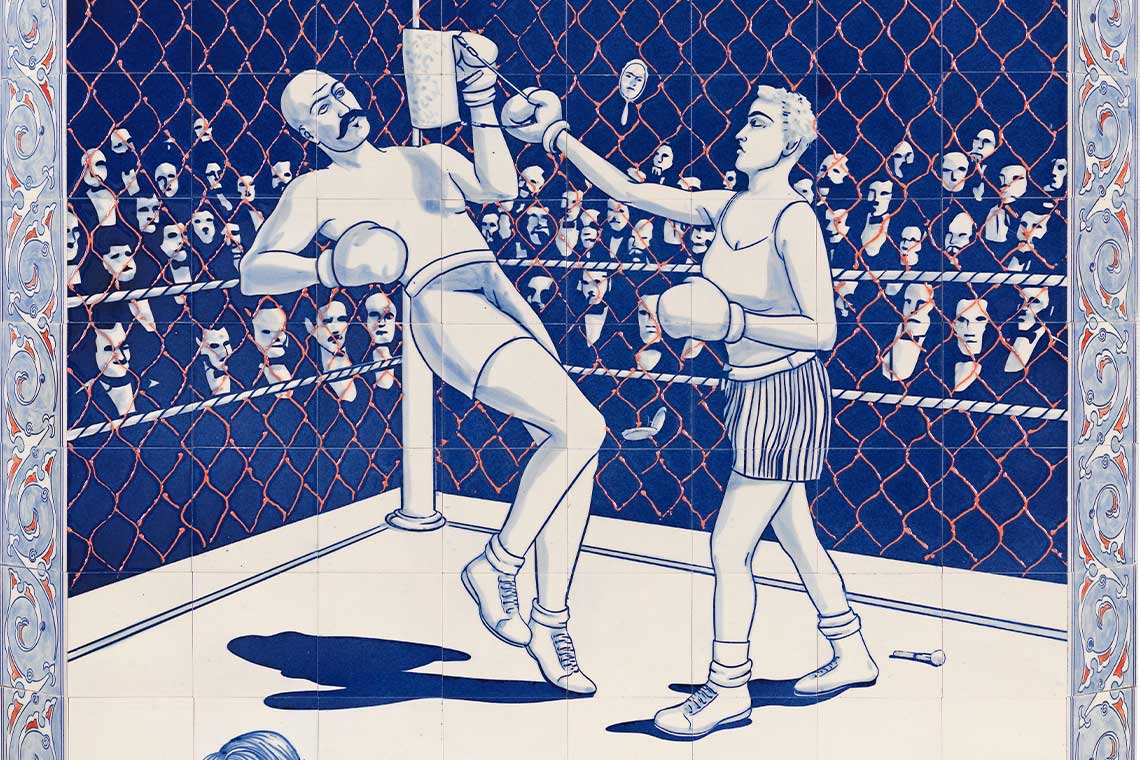For its 20th anniversary, Contemporary Istanbul continues to evolve, celebrating its milestone by bridging Istanbul’s heritage with the pulse of local and global creativity.
Two decades since its inaugural edition, Contemporary Istanbul returns to the historic Tersane Istanbul, a sight that reads like a living canvas of the city’s layered past. Founded in the fifteenth century as an Ottoman shipyard, the location offers a physical and historical context that uniquely situates the art fair within its cultural and architectural heritage, providing an immersive experience that connects visitors with Istanbul’s past and present.
This year’s edition brings together 51 galleries from 16 countries, and the energy is distinctly transitional. Divided across two halls, the fair does not feel provincial, it feels plural. At every turn, there is a conversation between scales, the intimate and the global. One of the standout moments is found in the presentation by Leila Heller gallery, where artist Melis Buyruk’s sculptural ceramics unfold like fevered dreams of flora and fauna. The forms are seductive and wild, nodding to familiar botanical structures only to collapse into new hybrids. The hierarchy of life unravels and, in that unravelling, we’re asked to reconsider our place within it.
Among the vibrant presence of Turkish galleries, PİLOT Gallery stands out with Afiyet Olsun, Teşekkür Ederiz – A Future Self Portrait (2025) by Melih Çebi. The work draws viewers with a sense of quiet intimacy. Composed of passport-sized photos of the artist, a crinkled sauce packet, food wrappers, market bags and loose coins, the piece unfolds like a personal ritual. These humble everyday materials become a language of selfhood, a portrait constructed not through image but through presence. But at the centre of this devotional assemblage is something harder to look away from: a silhouette of the artist hunched down, groceries in both hands, a broad smile stretched wide across his face. The grin almost feels playful, yet is oddly unsettling. This figure, caught between humour and discomfort, blurs the line between offering and consuming.
Further along, Anna Laudel presents First Punch (2025) by Ertuğrul Güngör and Faruk Ertekin, an underglaze painting on ceramic tiles. The scene is composed of deep cobalt blues and white glazes, framed with decorative motifs that evoke classical Iznik ceramics. At the centre, a man with an exaggerated moustache represents a fading symbol of traditional masculinity. More caricature than character, he embodies a performative strength. Opposite him, a woman strikes not with aggression but with clarity, her handbag a quiet instrument. Surrounding them is a silent audience of nearly identical male figures, most likely in tuxedos, their faces obscured by featureless masks. They are not individuals but a backdrop, symbols of conformity, tradition and passive complicity.

While Contemporary Istanbul proudly showcases a strong lineup of Turkish galleries, this year’s fair also welcomes new voices from beyond its borders. Among the highlights is the Sigg Art Foundation, revealing its private collection to the public for the first time in Istanbul. The selection features ten artists, with Monia ben Hamouda’s work Blindness, Blossom and Desertification XI (2024) exploring the delicate tension between visibility and loss. The raw cotton stretched like a canvas absorbs each material as if every brushstroke is an act of survival.
Meanwhile, the Focus section this year turns its gaze to the United States, placing New York centre stage as a thriving hub of cultural innovation. Beyond the exhibitions, a curated programme delves into how American artists and institutions continue to influence and redefine the global art conversation. Founder and chairperson of Contemporary Istanbul Ali Güreli shares with Canvas that the decision to spotlight America stems from its unmatched impact on the world, “We chose America because it is not only a dominant force in the global art market, but also home to some of the world’s leading institutions, museums and galleries.”
Perhaps most importantly, the fair succeeds in framing Istanbul not just as a host city but as an interlocutor. It reflects a broader shift in the art world toward re-rooting global conversations in local knowledge systems, architectural memory and cultural plurality. In so doing, Contemporary Istanbul underscores its relevance, not as a peripheral player but as a critical site for contemporary artistic discourse. Looking ahead, the fair is set to deepen its engagement with the city through the inaugural Golden Horn Light Festival, launching next year. The event will feature more than 20 large-scale light and digital installations inviting visitors to traverse Istanbul’s historic waterfront through an immersive experience. Tentatively scheduled for late September or early October 2026, it marks a new chapter in the fair’s ongoing dialogue with the city.
Contemporary Istanbul 2025 runs until 28 September



